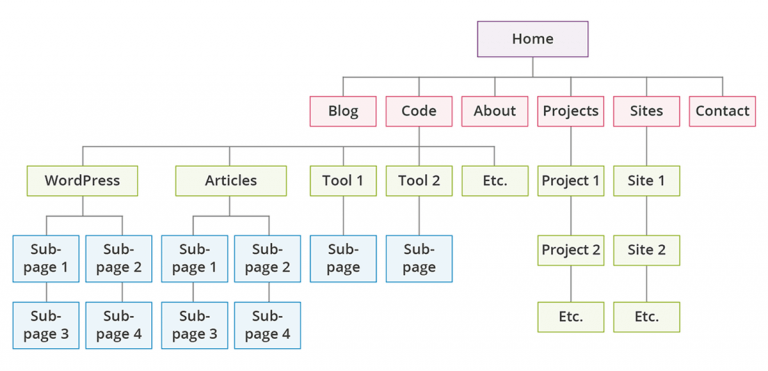Do you want more qualified Google search traffic to your website? I’ve got a feeling that you do, and so do all of us!
Google search traffic is one of the most important things to a business these days, and according to Imforza, 93% of online experiences begin with a search engine.
Can you see how being in Google search can impact your business?
Even if you have the best website designer in Singapore, and your site doesn’t get any traffic, it’s all gone to waste!
Your site needs to show up in the search results for any of this to matter.
So, how do we get our websites indexed in Google search?
You have two choices, sit back and wait for Google to find you, or take immediate action to get your site indexed as fast as possible, and start making some money from it.
Here are 8 Simple Steps that you can take right now to get started.
Step 1: Check If Your Site Has Been Indexed By Google
Google and other search engines use bots called spiders to crawl the internet and index websites and find out more information about those sites.
Back in the early days of the internet, the search engine spiders were not as smart as they are today, and certain black hat techniques could get your site easily ranked for your desired search terms.
Those days are long gone, and using tactics like those will eventually get your site penalised, or even worse, slapped with a manual penalty.
An easy way to check if your site is indexed is simply by performing a simple search site:yourdomain.com like the one below.
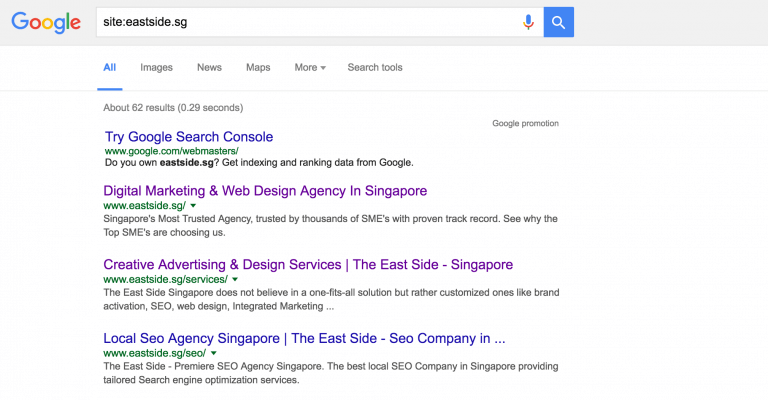
If your site is not indexed, you will get a result that looks like this.
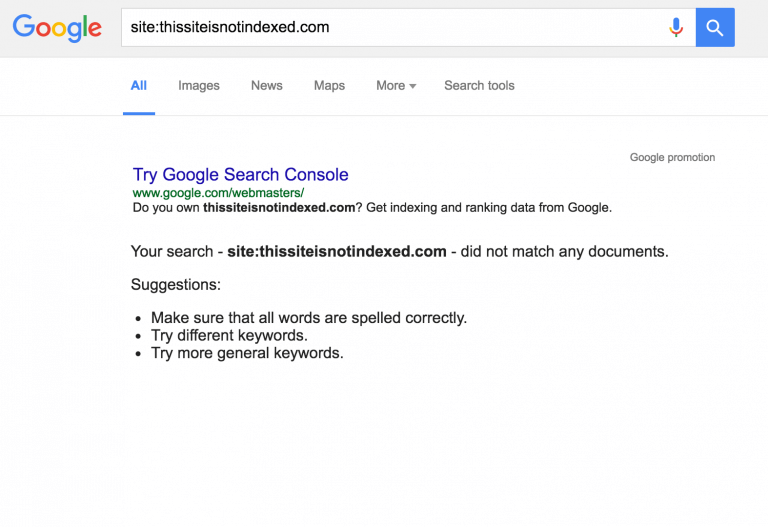
Step 2: Start Writing and Publishing A Blog
A Blog? Why would you need a blog?
Blogging is the most effective ways to get your site indexed on Organic search, and blog articles get crawled and indexed way faster than normal, boring homepages or product pages.
Blog articles also help your website gain credibility in your industry or space, and it helps you get MORE LEADS.
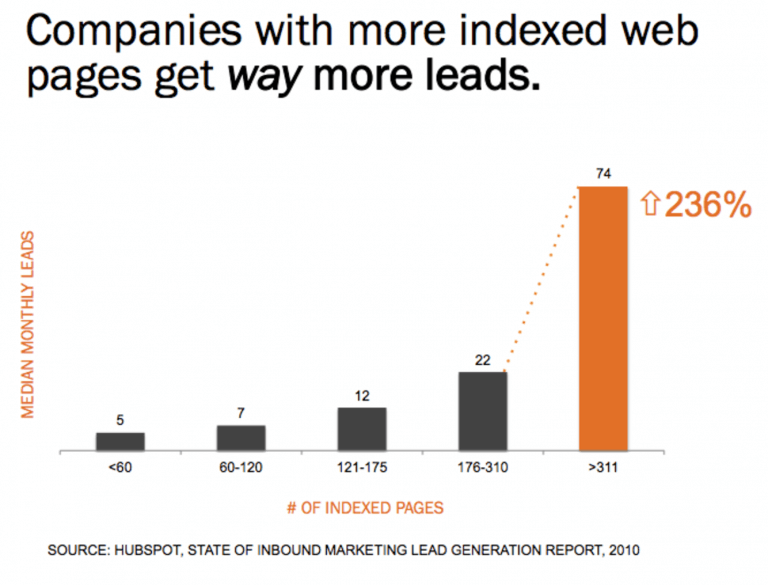
Blogging is not only for B2B, its for any industry, including e-commerce, B2c, fashion, and almost anything you can think of.
Simple do a Google search of a product or service you’re looking for, and you’re sure to find tons of articles on the subject matter.
Did you know that 81% of people trust the information they read on blogs?
And 61% of those people have made a purchase based on a blogger’s recommendation.
Blogging can be a time consuming activity, but what we’ve learnt from blogging so far is that you have to be consistent.
That is the single most important factor which determines a blog’s failure from it’s success.
If you can’t commit to blogging everyday, do it once a week, or outsource your writing to places like Iwriter.com or Hirewriters.com
Please bear in mind, that what you pay for is what you get, we recommend writing your own articles, that have been researched and written with love.

Step 3: Sitemap Submission and Technical SEO
A sitemap is a list of all the pages in your site. It lets search engines know about the changes that are being made to your site.
Most people ignore sitemaps because they do little to help in search engine rankings, but they do help your site get indexed really fast.
If you’re not a developer or expert coder, and your site is on WordPress, simple use the Yoast SEO Plugin to manage your sitemap.
If you’re not using WordPress, you may need to contact a Website Designer in Singapore to assist you with your technical SEO.
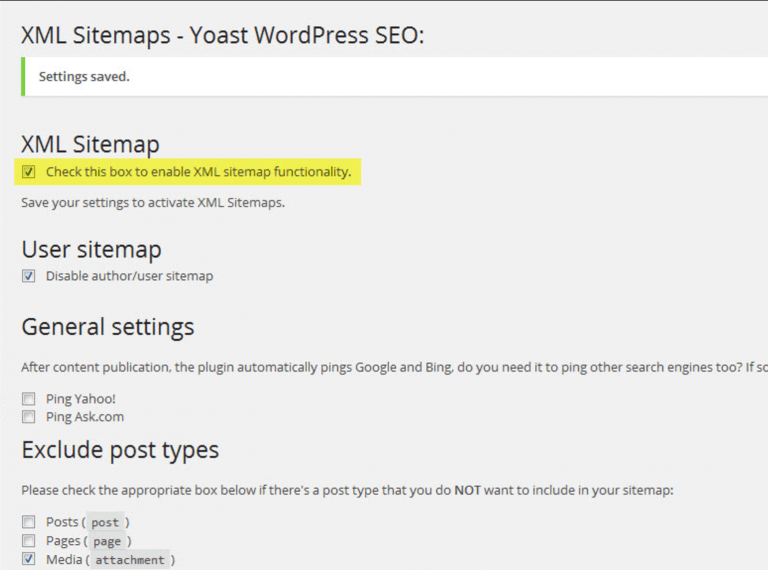
Step 4: Google Search Console and Google Analytics
Google Search Console is a free service by Google that allows you to see a ton of information about your site’s search behaviours.
You can see who’s visiting your site, what devices they’re viewing your site on, and a whole lot of other things.
It also allows you to submit your sitemap and check if your robots.txt is working properly.
You need to submit your site following these instructions.
Step 5: Create Social Accounts and Link Your Site
Have you created your social accounts?
Social signals now are a ranking metric, and will help your site rank better in SEO.
And it gets you great traffic.
Here is a great resource that will get you started on almost every social network worth using in 2016 and 2017.
Search Engines are now paying closer attention to social signals, which can get your site indexed faster.
Step 6: Submit Your Site To Local Business Directories
Getting traffic to your site is really important, and one of the cheapest ways to do so is by submitting your site to local business directories.
You can try listing on one of these blog directories:
We have compiled a short list of local directories for Singapore:
- Singapore Yellow Pages
- SME Toolkit (Join as Member first)
- Anglo Info Singapore (Register as Member first)
- Insing.com (Requires You to email Them)
- ST Classifieds
- Singapore Expats (Requires You to Fill up The Contact Form)
- Yelu.sg
- Hotfrog.sg
- Eguide Singapore
- The Green Book Singapore
Step 7: Internal Linking Structure
According to MOZ, “Internal Links are hyperlinks that point at (target) the same domain as the domain that the link exists on (source). In layman’s terms, an internal link is one that points to another page on the same website.”
Internal linking is important as it allows the crawlers to find all the necessary pages on your site.
Having a great content marketing strategy is basically the best way to have a good internal link structure, as you will have more indexed pages, it’s as simple as that.
Also remember to use anchor text instead of linked images.
The three main purposes of internal linking are:
- Assist users and crawlers to navigate your website
- Laying out and defining the architecture of your website
- Distributes link juice and ranking power evenly throughout your site
This is an example of an optimized internal link structure, where all relevant pages are interlinked.
Step 8: Inbound Links To Your New Website
Lastly, and definitely not least, is inbound linking, also known as back linking, or link building.
This is the practice of getting sites to link back to your site.
Think of Google and Search Engine Optimization in terms of someone who’s judging your websites character.
Every time another website links back to your site, Google treats it an an endorsement of your site from the referring site.
So the higher the authority of the site linking back to you, the more weight that pulls in for your Search Ranking, provided it’s a do follow link.
Which is why content marketing and blogging are such important factors in a comprehensive SEO strategy.
The more great content you put out there, the more sites are going to link back to your website, and eventually skyrocketing you to the top of the SERP.
Conclusion:
That’s the end of our simple guide, so start taking action immediately, and remember to keep up to date as Google’s algorithm is constantly changing.
If you’re someone who would rather focus on the big picture, and leave the Online Marketing, Lead Generation and Digital Marketing to the experts, contact us for a consultation.
We love meeting new people, and learning more about your business, and how we might be able to help you!




